Ptarmigan
Another distinction is the white patch behind the male’s bill, lasting only two or three weeks in spring, before the chestnut plumage of early summer comes in. Only another ptarmigan can distinguish male’s from hens when willow ptarmigan are in winter plumage. Then, both sexes are white with black tail feathers. Beginning early in May the male’s develop a beautiful cape of chestnut-red feathers. They court the hens in this plumage, not completing the change to the brown summer plumage until the hens are nearly finished incubating the clutch of eggs.
No sooner does the male get this first set of dark chestnut feathers, however, than a new generation of lighter brown feathers grows on its neck and breast. This new set is never completed, because by early August the male is beginning to grow white feathers for the coming winter plumage. In mid-August, male ptarmigan are a patchwork of four sets of feathers: a few old winter feathers on the wings, new white feathers on toes and belly, and parts of the light spring and darker summer feathers.
The willow ptarmigan is the largest of three “Arctic grouse” found in Alaska, which also include the rock and the white-tailed ptarmigan.

.jpg)




 Alaska Time
Alaska Time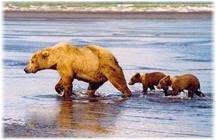








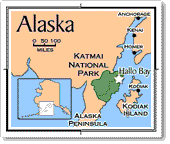




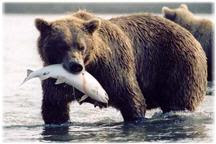
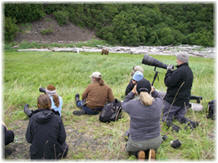




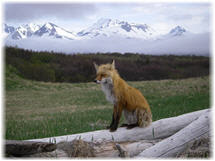


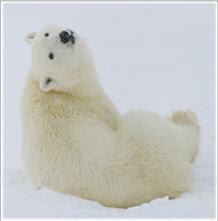







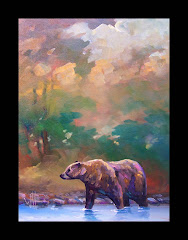





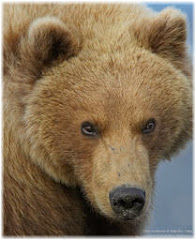




No comments:
Post a Comment